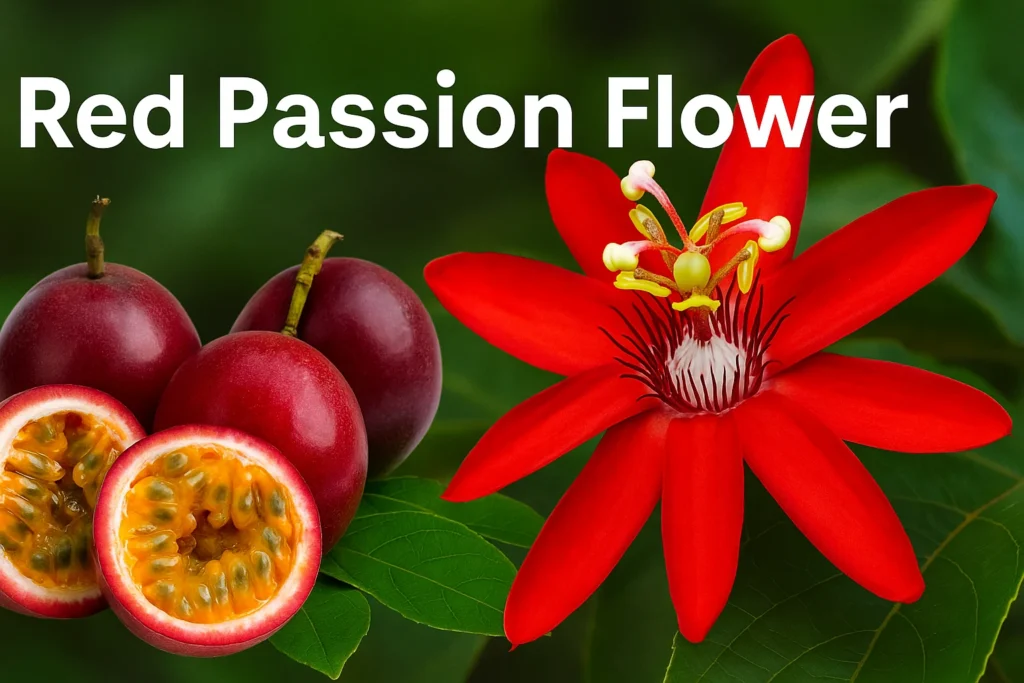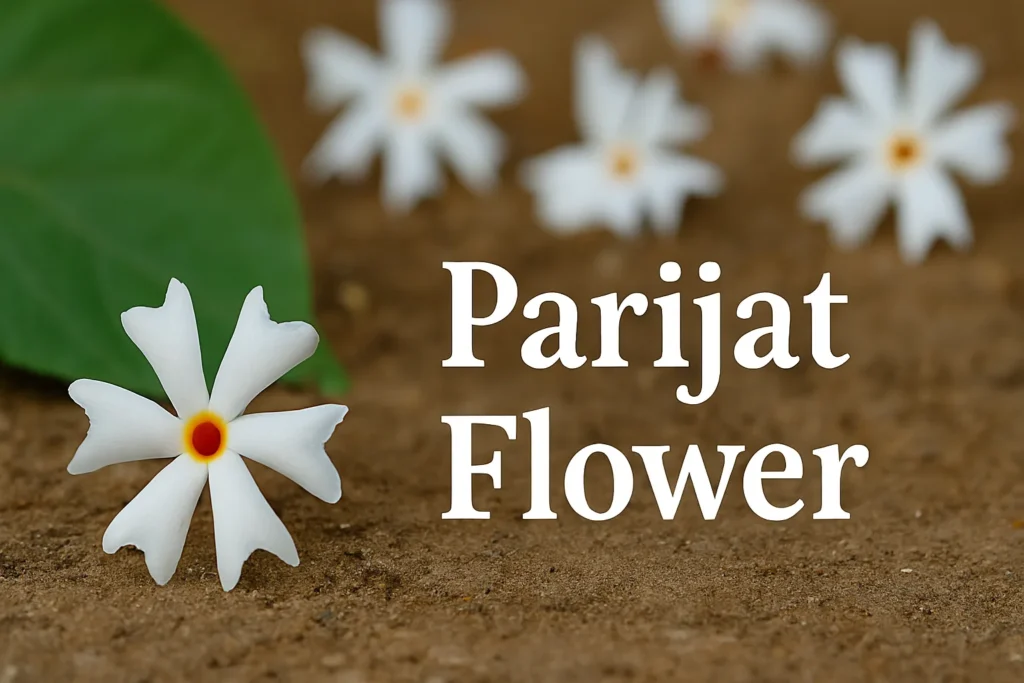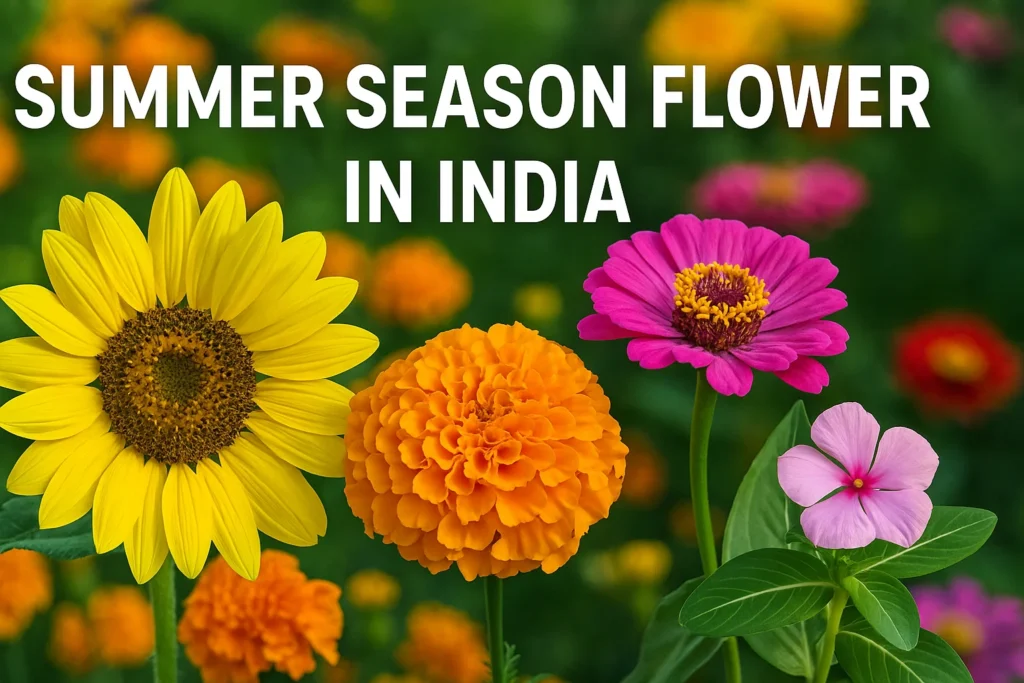When you think of vibrant gardens and exotic blooms, the red passion flower immediately comes to mind. With its fiery red petals and intricate structure, this plant is not just a treat for the eyes but also holds deep cultural and spiritual significance in India. Also known locally as the red Krishna Kamal flower, it’s a beloved addition to many home gardens.
Let’s dive deep and explore everything you need to know about this stunning bloom, from its facts and care to the magical story behind it!
What is the Red Passion Flower?
Before we get into the nitty-gritty, let’s first understand what makes the red passion flower so special. Scientifically known as Passiflora coccinea, this plant is a climbing vine that can brighten up any space with its dazzling red blooms. The intricate design of its petals and filaments creates a visual drama that is simply unforgettable. In Indian homes, it’s often associated with positivity and is fondly called the red Krishna Kamal flower.
Many gardeners love pairing it with other vibrant plants like the Rosida Plant for an extra splash of color in their outdoor spaces.
Fascinating Red Passion Flower Facts
Every plant has a story, but the red passion flower facts are truly fascinating.
- The name “passion flower” is linked to Christian symbolism, representing the Passion of Christ.
- In India, the Krishna Kamal (another name for the passion flower) is believed to symbolize the life of Lord Krishna, making it deeply spiritual.
- Its intricate floral structure isn’t just for show; it plays a vital role in attracting pollinators like bees and butterflies.
- The red passion fruit flower eventually bears small, edible fruits, although the fruit from this variety is less common compared to other passion fruit plants.
For flower enthusiasts, combining it with fragrant plants like the Rajnigandha Flower plant can create a beautifully scented garden corner.
How to Care for the Red Passion Flower
Just like any cherished possession, the red passion flower care requires some attention but is fairly straightforward once you get the hang of it.
- Light: Loves full sun to partial shade. Make sure it gets at least 4-6 hours of sunlight daily.
- Water: Keep the soil moist but not waterlogged. Water it deeply and let the topsoil dry a bit between watering sessions.
- Soil: Well-draining soil is essential. You can enrich it with compost to encourage more blooms.
- Support: Since it’s a climber, providing a trellis or fence is important for healthy growth.
- Pruning: Trim dead or weak stems to encourage fresh growth and more flowers.
Pairing it alongside hardy blooms like the Flower Lily ensures a long-lasting vibrant display in your garden.
A Closer Look at Red Passion Flower Leaves
Now, let’s take a moment to appreciate the often-overlooked beauty of the red passion flower leaves. These leaves are typically broad, glossy, and deep green. They serve not just as a lush backdrop for the bright blooms but also help in absorbing sunlight efficiently. Healthy leaves are a good sign that your plant is thriving.
For gardens where foliage is just as important as flowers, adding plants like the Flower Jasmine nearby can create an irresistible mix of greens and whites.
Understanding the Krishna Kamal Flowering Season
Timing is everything in gardening, and knowing the Krishna Kamal flowering season can help you enjoy the best blooms. Typically, the red Krishna Kamal blooms during the warmer months, from late spring to early autumn. In tropical climates like India, it may flower almost year-round, especially if given the right care and attention.
For those planning a seasonal garden, consider adding the Petunia Flower to complement the vibrant reds with soft pinks, purples, or whites during the same season.
A Peek into the Krishna Kamal Tree and Fruit
Many people wonder: is there such a thing as a Krishna Kamal tree?
Well, technically, it’s more of a vine than a tree. However, if allowed to grow without pruning, it can reach impressive heights and resemble a sprawling bush or small tree-like form. The Krishna Kamal fruit, small and round, may develop after the flowering phase. Though not as popular as the regular passion fruit, it holds its own charm, especially among local gardeners.
How to Grow Your Own Krishna Kamal Plant
Feeling inspired? Growing your own Krishna Kamal plant isn’t as complicated as you might think.
- Start with seeds or cuttings.
- Choose a sunny location with good drainage.
- Be patient. It might take a few weeks for the plant to establish roots, but once it does, you’ll be rewarded with a vibrant display of nature’s creativity.
Some passionate gardeners lovingly call it krishna phool, emphasizing its divine connection and beauty.
Conclusion:
In a world of flowers, the red passion flower stands out as a bold, beautiful, and meaningful addition to any garden. Whether you are drawn by its fiery looks, its cultural symbolism, or its simple gardening needs, it is a plant that brings joy, color, and a hint of magic into your life.
Next time you’re planning your garden, don’t forget to add this enchanting beauty alongside your other favorites. Trust me, your mornings will feel a little more special with a bright red passion flower greeting you each day.













